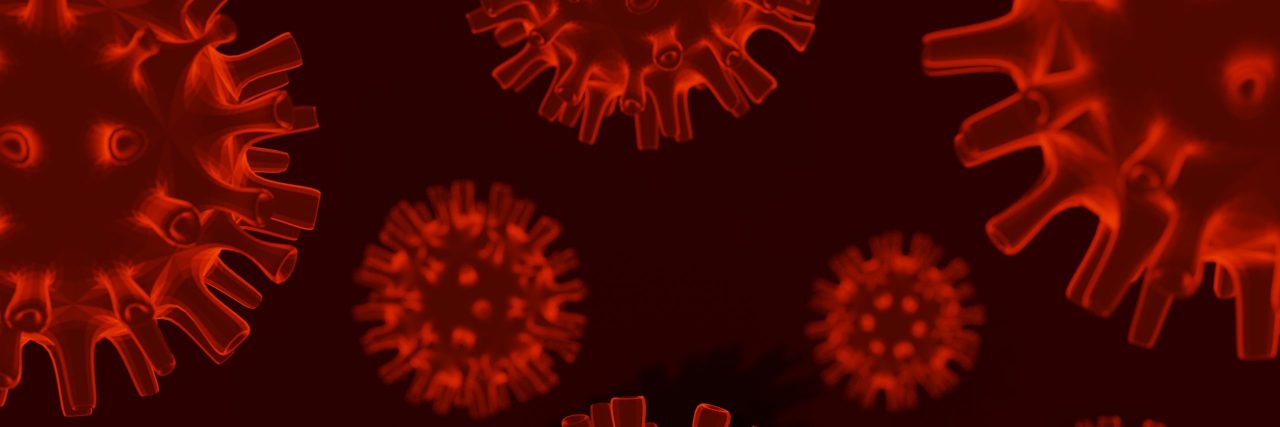Since mid-December 2024, reports of human metapneumovirus (hMPV) outbreaks in China have captured global attention, with rising cases now observed around Asia, specifically in India, Malaysia, and Kazakhstan. In Malaysia alone, 327 cases of hMPV infections were reported in 2024 – a 45% rise from the 225 cases in 2023. The silver lining? hMPV is not a new, emerging disease, unlike the COVID-19 virus not too many years ago. So, fear not! hMPV is a relatively well-understood virus that has likely circulated among humans for years. Jill Carr, a virologist in the College of Medicine and Public Health at Flinders University, Australia said
[It is] very different to the Covid-19 pandemic. The virus [Covid-19] was completely new in humans and arose from a spill-over from animals and spread to pandemic levels because there was no prior exposures or protective immunity in the community.
hMPV is common in younger children, causing approximately 10-12% of respiratory illnesses in children. While reinfections are typically mild, hMPV infections can be severe for high-risk individuals such as young children, elderly individuals and those who are immunocompromised. Therefore, it is always good to take early precautions into controlling and preventing the infection.
Let’s learn more about hMPV, a lesser known yet common seasonal winter respiratory virus.
Understanding human metapneumovirus
Discovered in 2001, hMPV is a seasonal flu virus that is most active and common during late winter and early spring (which is approaching now). It causes upper (and sometimes lower) respiratory disease with symptoms similar to the common cold. especially in young children, the elderly, and individuals with weakened immune systems.
“hMPV causes regular annual seasonal epidemics, similar to the more widely recognized influenza virus and RSV. The typical hMPV season is late winter to early spring. So, this isn’t totally unexpected.”
-John Williams, a paediatrician and infectious diseases professor at the
University of Wisconsin–Madison, who has studied HMPV for more than 20 years.
Some symptoms of hMPV include runny nose, cough, shortness of breath, sore throat, and fever. Like most respiratory viruses, hMPV can be transmitted through direct contact with an infected individual or contaminated surfaces such as touching surfaces such as phones, door handles, tables, etc. that is contaminated with the virus. This mode of transmission makes it very easy to spread in an accelerated rate if we are not vigilant.
While there is currently no vaccine or specific antiviral treatment for hMPV yet, basic preventive care measures can be taken to significantly reduce transmission including avoiding infected individuals and crowds and maintaining good personal and environmental hygiene such as frequent handwashing or sanitizing and disinfecting frequently touched surfaces.
How to evaluate the efficacy of your disinfectant against hMPV?
“How do we know if our hand sanitizer or disinfectants can fight against this hMPV outbreak?” – It’s easy to figure out! Check if your product currently has any of the following virucidal claims according to EN 14476 or other related EN standards. If yes, you are covered!
- Virucidal activity – tested against poliovirus, adenovirus and norovirus
- Limited spectrum virucidal activity – tested against adenovirus and norovirus
- Virucidal activity against enveloped viruses – tested against vaccinia virus
“What if we don’t have such virucidal claims? Or can we support claims against hMPV specifically?” – hMPV virus itself is unfortunately not easily accessible for commercial laboratories to obtain and handle. But the good news is hMPV, belonging to the Paramyxoviridae family, is a negative-sense single-stranded RNA enveloped virus. Its classification and viral structure are very closely related to respiratory syncytial virus (RSV), one of the most common causes of respiratory diseases in humans.
Due to the similar structures of hMPV and RSV, it is anticipated that chemical disinfectants effective against RSV will likely work against hMPV as well. This means RSV can be deemed as a suitable surrogate in laboratory testing. To support your product’s effectiveness against hMPV and further enhance its claims, you may show that your product meets the standard for virucidal activity against RSV, a closely related virus.
Here is a summary of European Standards that you can perform for your products against RSV to support your claim for hMPV.
| Product Type | Suspension Test | Carrier Test |
| Handrub/handwash | EN 14476 | – |
| Surface disinfectant | EN 16777 (without mechanical action) |
|
| Instrument disinfectant | EN 17111 | |
| Airborne disinfection system | – | EN 17272 |
TECOLAB can test the efficacy of your various antimicrobial products from surface disinfectants to antimicrobial gloves, airborne disinfection devices and many more against this infectious virus. Contact us to learn more about the suitable test method for virus testing and evaluate your products efficacy against hMPV now! Let’s help protect your customers and the community from seasonal respiratory viruses.

